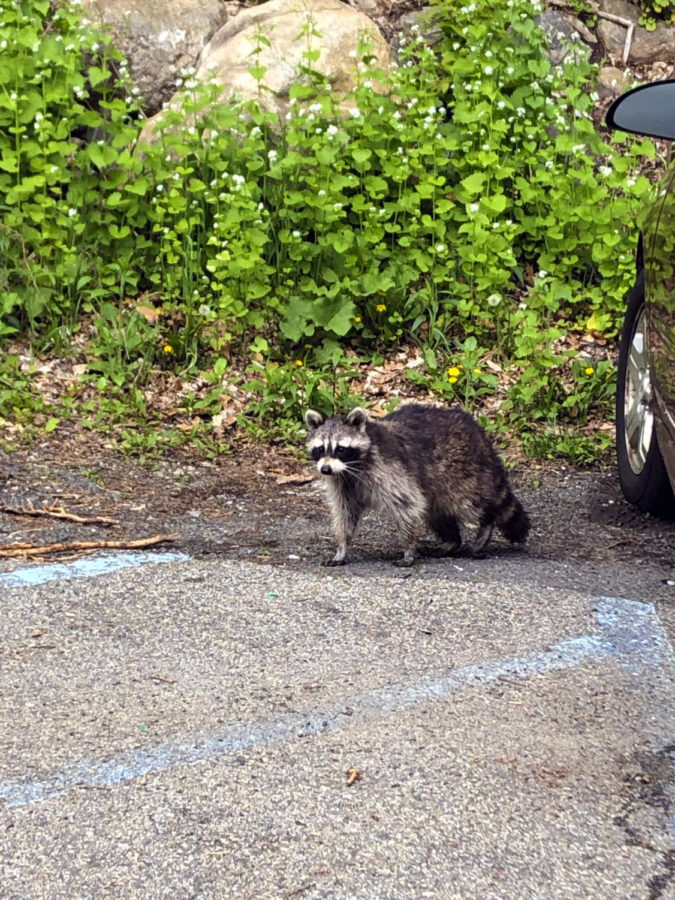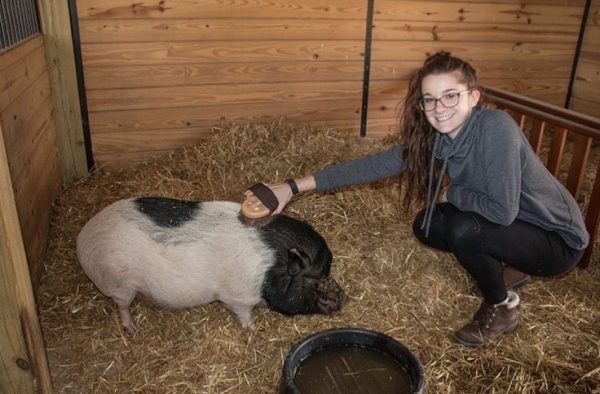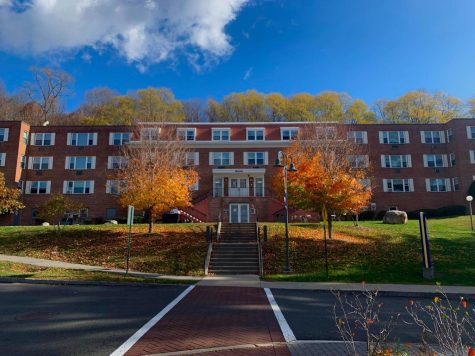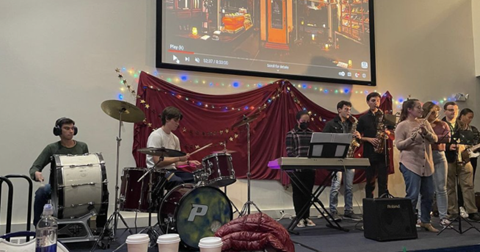The Wacky Wildlife at Pace
May 4, 2019
The Pace Pleasantville campus is home to not only thousands of college students, but many different types of wildlife as well. Whether it be gray squirrels running up and down the trees behind Elm Hall, or raccoons rummaging in the dumpsters behind Martin, creepy critters in Pleasantville can be seen if you look close enough.
Many students on campus have seen the different types of animals that are housed at the Nature Center at least once or twice. Goats, chickens, pigs, and birds of prey are the most notable of the bunch. But, it is the animals around the Nature Center that usually garner the most attraction.
As one may have noticed on their walk to class, several informational signs have popped up around Choate Pond depicting the different types of wildlife that live in and around it. Each sign has a species and the different types that can be found in or around the pond. The species that are shown are fish, birds, mammals, pond amphibians, reptiles, aggressive invasive plants, and native aquatic plants. There is also a sign dedicated to Choate Pond itself. The sign explains it is a farm pond, which means it was created by man and needs to be cared for and protected.
Taylor Ganis, an environmental science major and employee at the Nature Center, explained the types of wildlife found around campus.
“Besides the nature center, there are still a lot of different types of animals you can see,” the sophomore said. “We have white-tailed deer, squirrels, chipmunks, red-tailed hawks, a lot of different types of birds, raccoons, skunks, frogs, snakes, turtles, turkey, fox, and coyotes. I wouldn’t say we have anything out of the ordinary, but I would have to say that the praying mantis is a cool insect you can find at Pace.”
Westchester County has been home to some animals you may not expect. According to an article in Westchester Magazine, gray wolves and catamounts used to roam the county but were eliminated from the area from lack of protection of livestock, and overhunting. One of the most common mammals in the county is white-tailed deer. Lack of natural predators caused a major influx in the deer population, making them a hazard to their habitat and those around them.
“I would argue the most dangerous animal we have around Pace is white-tailed deer,” Ganis said. “This is because when they run out in front of your car they can cause major accidents. Other than that, most of these animals are scared of us. Even coyotes- they are more scared of us then we are of them. They don’t like human confrontation.”
Ecosystems like Choate pond are monitored to ensure that everything in it is thriving. Thickets and brush are also common around campus, which supports many types of wildlife, and insects like beetles, butterfly’s, and the praying mantis.
“One cool experience I’ve had with wildlife on campus is getting to see a wild red-tailed swoop down and catch a mouse,” Ganis said. “I’ve seen captive birds eat, but never a wild red-tailed catch and eat its food.”














